n 1947-8 India and Pakistan fought their first war over Jammu and Kashmir. Under United Nations’ supervision, they agreed to a ceasefire along a line which left one-third of the state – comprising what Pakistan calls Azad Jammu and Kashmir, and the Northern Areas administered by Pakistan and two-thirds, Jammu, Ladakh and the Kashmir Valley, administered by India.
In 1972, under the terms of the Simla agreement, the ceasefire line was renamed the Line of Control.
Although India claims that the entire state is part of India, it has been prepared to accept the Line of Control as the international border, with some possible modifications. Both the US and the UK have also favoured turning the Line of Control into an internationally-recognised frontier.
But Pakistan has consistently refused to accept the Line of Control as the border since the predominantly Muslim Kashmir Valley would remain as part of India. Formalising the status quo also does not take account of the aspirations of those Kashmiris who have been fighting since 1989 for independence for the whole or part of the state.
Scenario one: The status quo
Kashmir has been a flashpoint between India and Pakistan for more than 50 years. Currently a boundary – the Line of Control – divides the region in two, with one part administered by India and one by Pakistan. India would like to formalise this status quo and make it the accepted international boundary. But Pakistan and Kashmiri activists reject this plan because they both want greater control over the region.
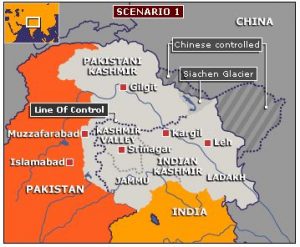
Scenario two: Kashmir joins PakistanPakistan has consistently favoured this as the best solution to the dispute. In view of the state’s majority Muslim population, it believes that it would vote to become part of Pakistan. However a single plebiscite held in a region which comprises peoples that are culturally, religiously and ethnically diverse, would create disaffected minorities. The Hindus of Jammu, and the Buddhists of Ladakh have never shown any desire to join Pakistan and would protest at the outcome.

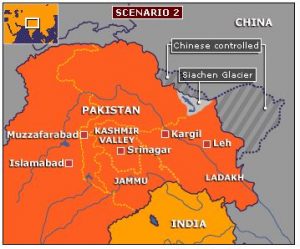

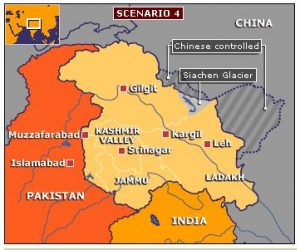
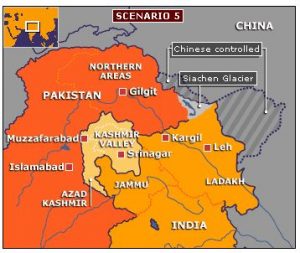
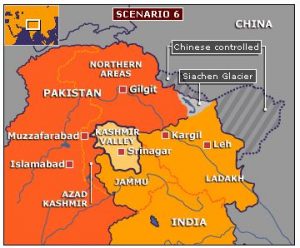
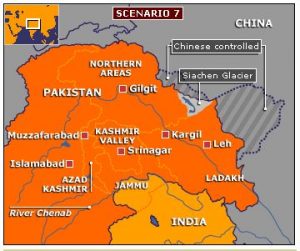
Independent Jammu and Kashmir
Independent
Nor India neither Pakistan we want free from both countries
#free kashmir. We will prefer death over india
Be assured we have a very very strong case of an Independant Nation. International community will favour us, Inshaallah.
Independently kashmir
Free kashmir No India No Pakistan